Composting

If you are building soil in a new area, you will need to find a source of large amounts of compost or composted manure. As experienced gardeners know, it is wise to continue to build the soil on an ongoing basis and the easiest ways to ensure a constant supply of organic matter is to compost household scraps and yard waste for soil building. With the current emphasis on recycling to reduce pressure on our landfills, composting is an idea whose time has come. Home composting is the ultimate in recycling. Not only are you reducing the “waste stream” headed for the dump, but you are gaining fiber and nutrients that will improve and feed your soil and the plants growing in it. All the topsoil on the planet is the product of millions of years of growth, death and decomposition (composting) of everything that ever lived before us. Our future is always built on the pats. Considering how quickly we are losing and destroying topsoil on the planet, we should get seriously involved in some form of composting.
There are many excellent articles and books that you can read about composting. It seems that there are as many methods of composting as there are books about it. There is a lot of great information around, but I fear that most beginners are intimidated by it. It may seem complicated, so rather than risk failure, they never make the attempt. Let me just say, there is no such thing as bad compost. Any compost is better than no compost. Just do it!
My composting area consists of two 4’x4′ bins side by side in the corner of the vegetable garden. It is constructed of metal fence posts with the bins being formed by vinyl coated fencing. The bin on the right is for “rough” compost material such as leaves, grass clippings, and weeds that are pulled from the garden. The left bin is for finer material like vegetable scraps from the kitchen, coffee grounds, and material from the bottom of the rough pile on the right. Every spring the left pile gets raked out over the garden and turned under. I turn both piles about every week or so with a spading fork and water it if it looks too dry. I also occasionally sprinkle a couple of handfuls of organic fertilizer onto the pile just to give the microbes that live there (and who are actually doing all the real work) a little treat. It’s not a very scientific approach, but I have no complaints about the quality of the compost I get. I have no neighbors who might complain about the aesthetics of my compost area.
If you are concerned about this , you may want to enclose the bins with an attractive fence or shrubbery. You may have a neighbor (or spouse) that simply can’t handle having “a disgusting pile of rotting garbage,” as they like to call our “nutrient recycling and soil building area” next door or in the yard. There is another way of composting that even these “type A” personalities can accept. Somewhere in the garden, dig a trench. Whenever you have a batch of compostable material, simply put it in the trench and cover it with soil. No muss, no fuss. Even the most fastidious person will never notice your “underground” recycling efforts.
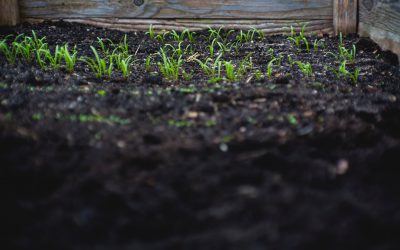
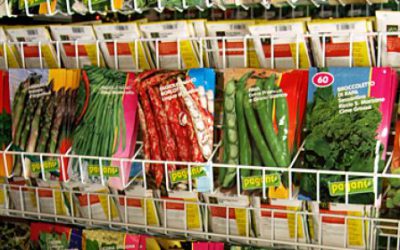
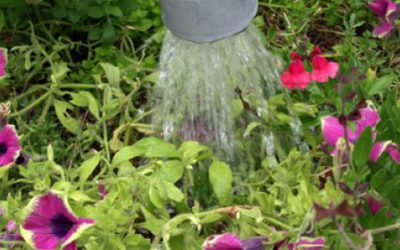
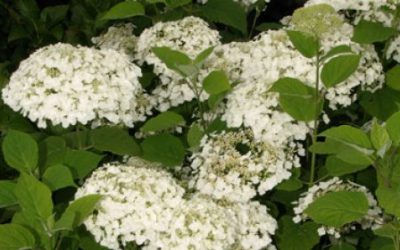
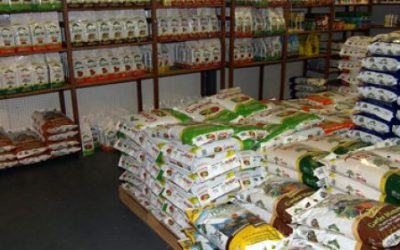
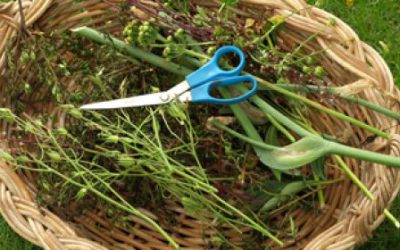

Recent Comments